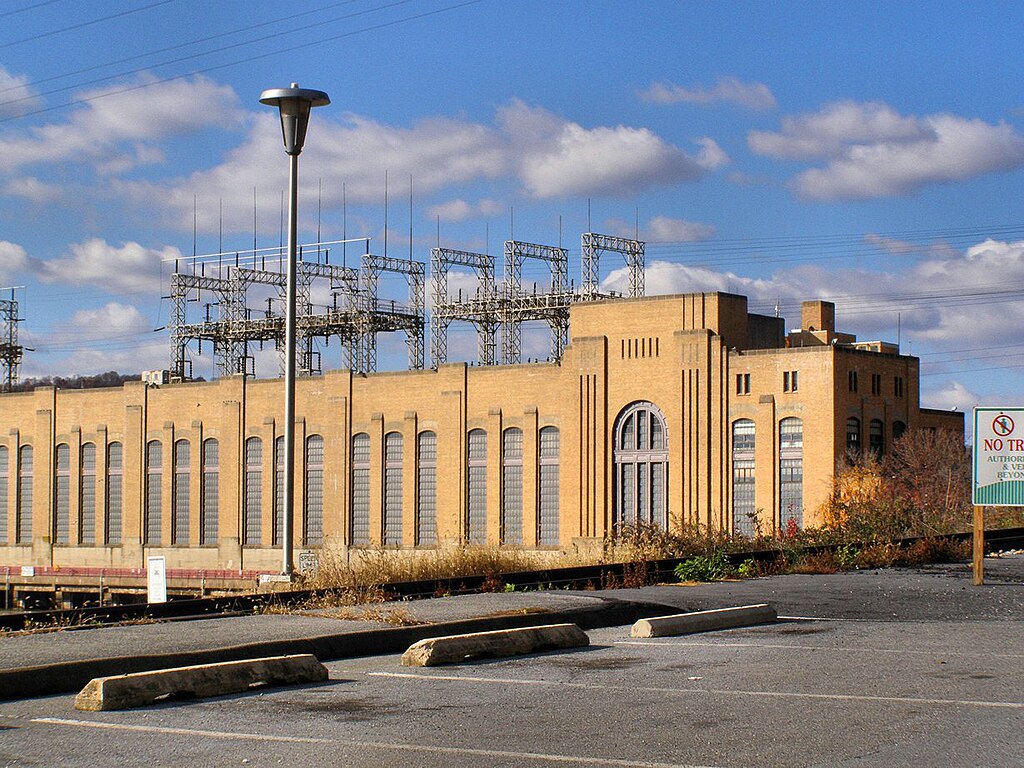
"That means if someone wants to travel, say, between Washington and Providence, RI, a distance of about 400 miles, it can be done with unrivaled safety, comfort, and speed in about six hours, on infrastructure that's well over a century old. Parts of that run have been updated and modernized, permitting bursts of speed up to 160 mph with the new trains."
"Despite that, Amtrak and the other electrified rail systems that use the Northeast Corridor account for about 50 percent of that travel market, carrying over half a million people every weekday. In the Northeast and in Europe and Asia, modern high-speed rail systems have all but eliminated short-haul flights between the major cities. I picked Providence as the destination and not Boston or New York, because from D.C. that's about the same distance as San Francisco to Los Angeles."
Amtrak's new Acela II trains, a French design built in the U.S., now serve the Northeast Corridor between Washington and Boston, enabling travel such as Washington to Providence (about 400 miles) in roughly six hours. Upgrades permit bursts to 160 mph, though winding curves, shared tracks, and outdated electrical systems limit average speeds to about 70 mph. Electrified services on the corridor carry over half a million passengers each weekday and capture roughly 50 percent of the travel market. On modern high-speed infrastructure the Acela II can reach 220 mph, suggesting potential for LA–SF trips under three hours. California's HSR faces regulatory delays and CEQA reform is proposed.
Read at Streetsblog
Unable to calculate read time
Collection
[
|
...
]